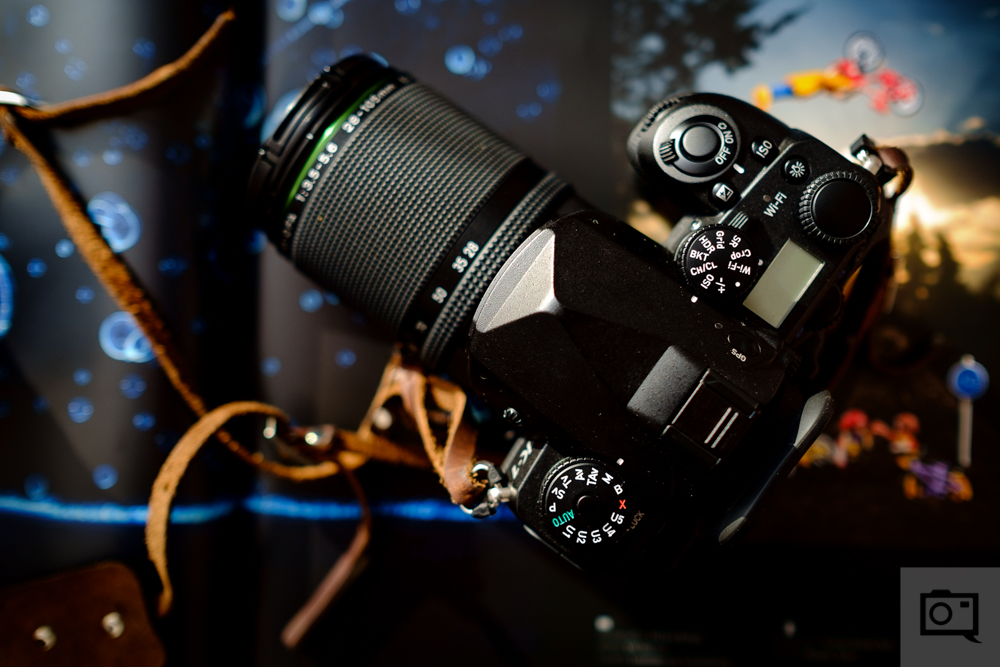These cameras will absolutely blow you away when it comes to astrophotography thanks to their incredible high ISO performance.
There are few genres of photography that are quite as rewarding as astrophotography. The thrill of pointing your camera to the skies and being able to see the magic that hides in plain sight is truly a magical experience. Getting great astrophotography shots is possible with any camera really, but there are a few that stand out as star performers thanks to their impeccable image quality, and virtually noise free images up to ISO 6400. Use one of the seven cameras we suggest and you’ll be over the moon with your results.
The cameras we have chosen below all share one major trait; great high ISO performance. To really be able to get the most out of astrophotography you need a camera that’s capable of performing in low light situations. When you couple that performance with fast, wide angle prime lenses you’ll begin to see magic happen before your eyes. The great thing is that for around $2,000 (and much lower in some cases) you can get a camera that will not only get you stellar astrophotography results, you’ll also have a camera that will serve you well during every day use too. Check out the seven cameras we suggest below.
Canon EOS 6D
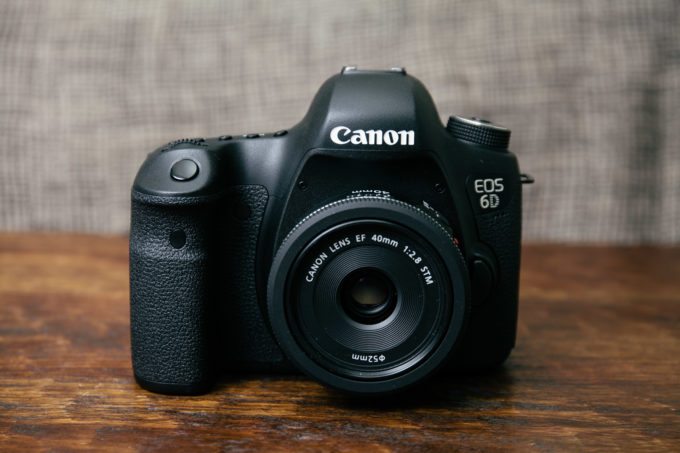
Pros
- Comfortable size and weight in-hand
- Great High-ISO image quality
- Silent Shutter!! (Sorry, that one just really excites me)
Cons
- Rear panel layout feels strange coming from 5DmkII
- 1/4000 Top Shutter speed & 1/180 Max sync speed
- Does not recognize 3rd party batteries
Check out our full review
Buy now ($999): Amazon
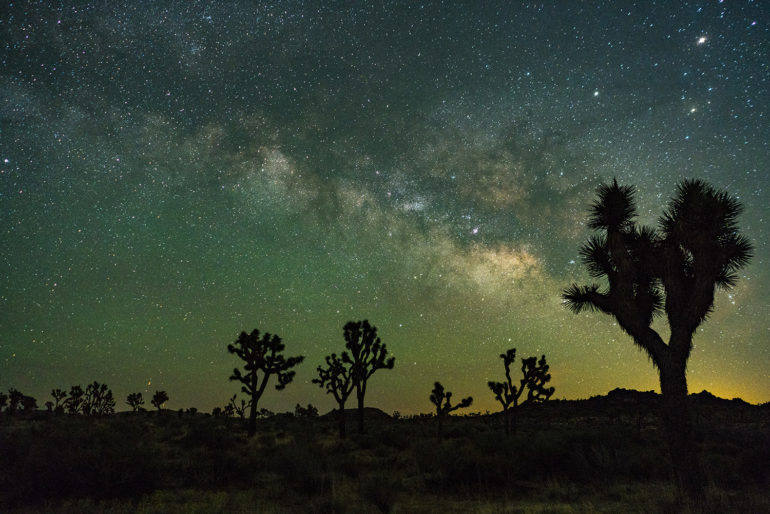
Pro Tip: If you really want to make colors pop in your astrophotography shots you should use filters that are designed specifically for the genre. Light intensifiers will will give more contrast and saturation to the colors that are commonly seen in the night sky, and by using one of these you will save a ton of time in post trying to bring the colors out. These filters from Hoya are available in multiple thread sizes, and they won’t break the bank.
Fujifilm X-T3
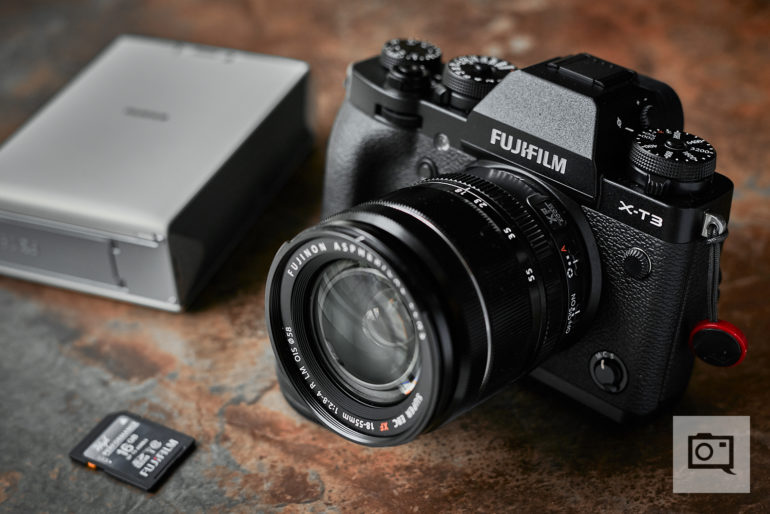
Pros
- Brand new 26.1MP X-Trans CMOS 4 Sensor
- Brand new X-Processor 4 Image Processor
- Excellent weather sealing
- Very solid build quality
- Excellent image quality
- In body RAW processing with built in film simulation profiles
- Versatile RAW files
- Amazing video capabilities
- Dual SD card slots (if your workflow requires it)
Con
- Battery life can use some improvement
- Lacks in body image stabilization
- Low light performance is improved over the previous generation X-T2, but hit rates during high speed low light situations still leave much to be desired
Check out our full review
Buy now ($1,399): Amazon
Sony A7S II
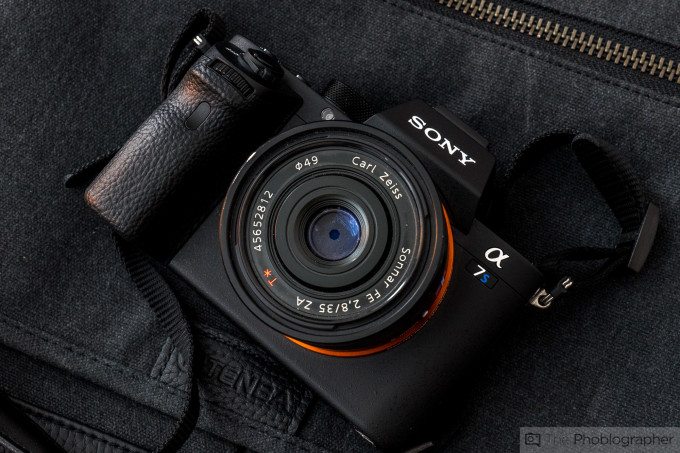
Pros
- Incredibly film-like high ISO results once you kill all the unsightly noise; and they convert to black and white well.
- Only missed the focusing twice during the review, and that was during surely impossible situations.
- Below ISO 80,000, some of the best dynamic range anyone could ask for.
- Incredible highlight detail retention
- Overall excellent dynamic range that basically lets you screw up and fix it later; but up to a point as stated in an earlier bullet.
- Uncompressed RAW photo option
Cons
- Expensive
- With the exception of dynamic range, not a major step forward in the technology as could have been possible. Just imagine the A7r Mk II’s processor in this camera and what could have been capable.
Check out our full review
Buy now ($2,198): Amazon
Sony A7r II
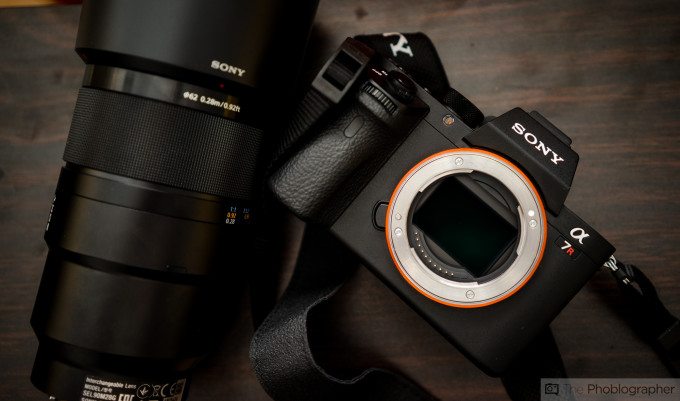
Pros
- The best image quality that I’ve seen from a camera yet
- Surprisingly good high ISO results
- Very good RAW file versatility, but not the best
- Feels great in the hand
- Fastest autofocus of any Sony ILC camera body
- Improved battery life over previous generations
- 4K video is a nice addition
Cons
- Really, really want a direct joystick of some sort to move the focusing points rather than pressing a button and then moving them around.
- That cost…
- Sony could use better weather sealing for a camera body this expensive
Check out our full review
Buy now ($1,798): Amazon
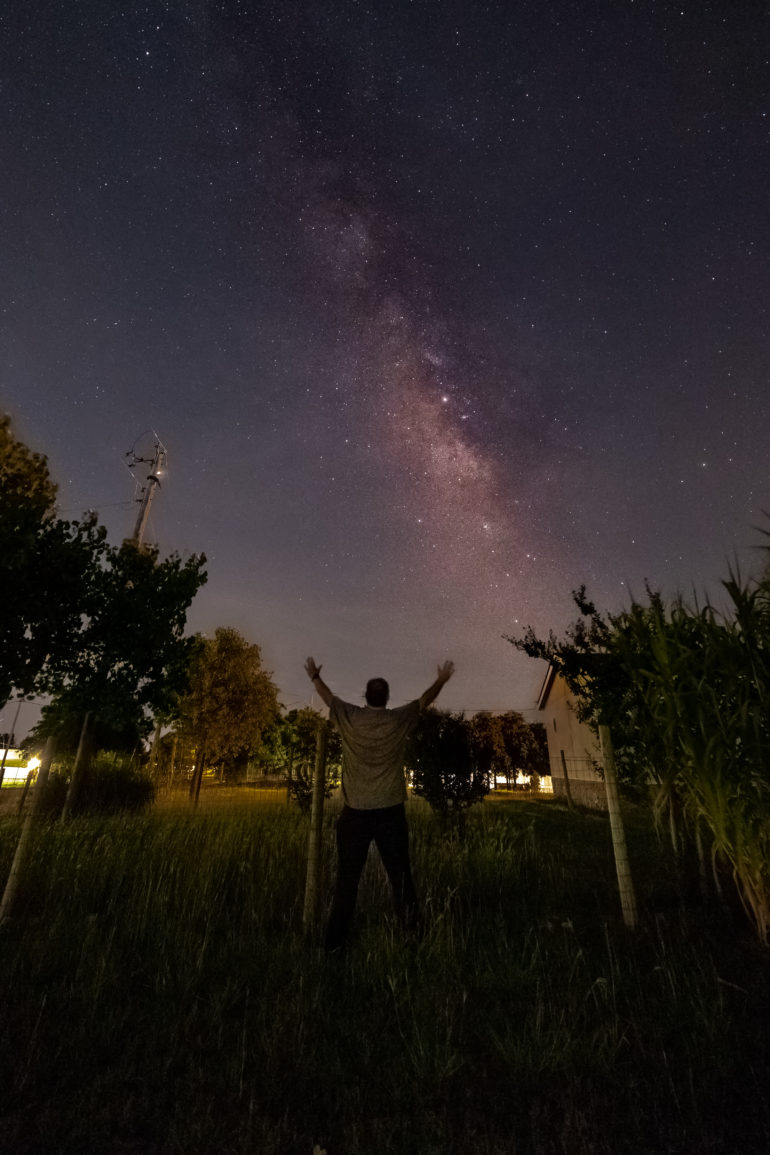
Pro Tip: Putting yourself in the picture can really make your astrophotography images take on a whole new dimension. In order to do this you will need a sturdy tripod . Once you have your camera set and settings dialed, jump in the frame, strike a pose, and hold still. Experiment and play around. It’s a fun way to add a human element to astrophotography.
Nikon D750
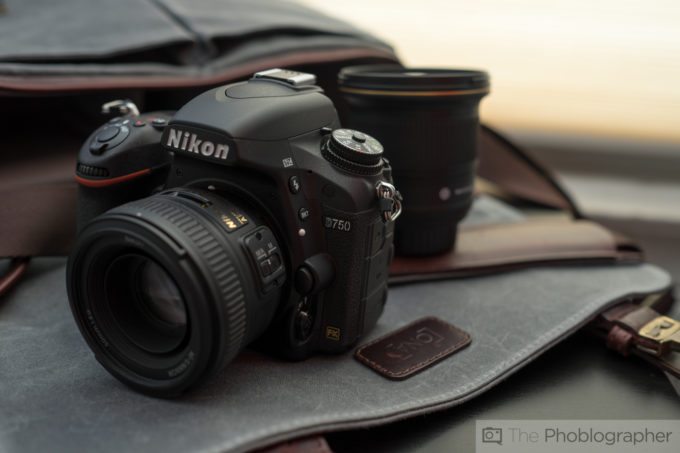
Pros
- Deep grip
- Intuitive and well laid out control scheme
- Renders amazing detail and color
- Clean files at ISO 6400
- Usable images up to ISO 10000
- Built-in Wi-Fi transmission
- Tilting screen
Cons
- Plastic front plate
Check out our full review
Buy now ($1,296.95): Amazon
Nikon D500

Pros
- Fast, accurate autofocus
- A dedicated thumb joystick on the back for changing AF points
- New touchscreen is an interesting and welcome addition
- Integration of Wi-Fi is welcome
- Top notch build quality
- Battery life that refuses to die
- Such a good camera that I honestly think that it’s overkill for a lot of people.
Cons
- Pretty big and tough to get into some messenger bags
- Considerably expensive
Check out our full review
Buy now ($1,796.95): Amazon
Pentax K1
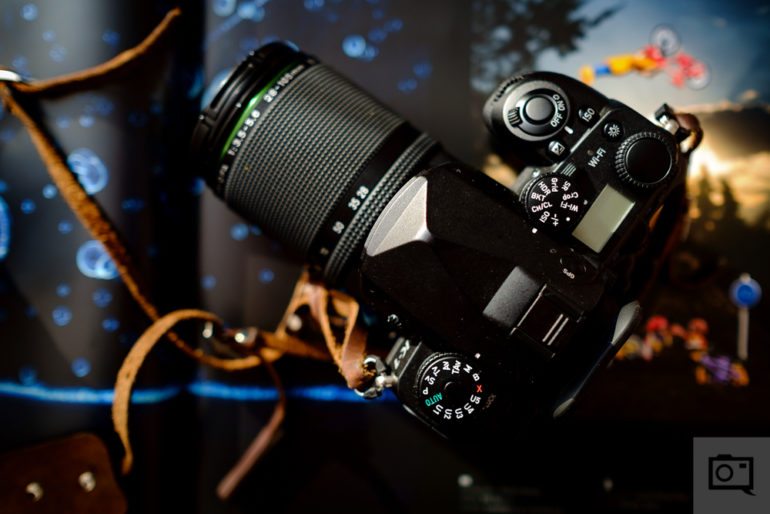
Pros
- Weather sealing
- Great, versatile image quality
- Composition adjustment is awesome for studio shooting on a tripod
- Fast autofocus in most situations
- Programmable dial is a very nice feature, and Pentax’s execution of it is quite unique and innovative
- Nice feel in the hand
Cons
- Viewfinder doesn’t let the autofocus points to be easily seen in some situations
- LCD screen sometimes feels like it’s going to break off
- I’d love a direct joystick to change the AF points like Canon, Nikon and Sony have vs pressing a button and then changing them.
Check out our full review
Buy now ($1,799.99): Amazon


